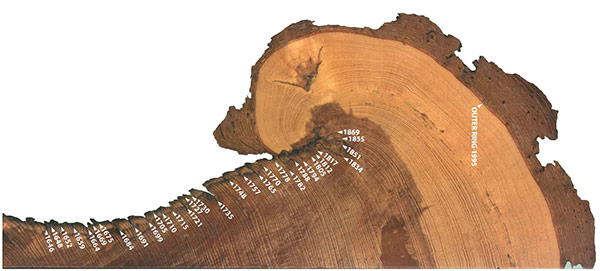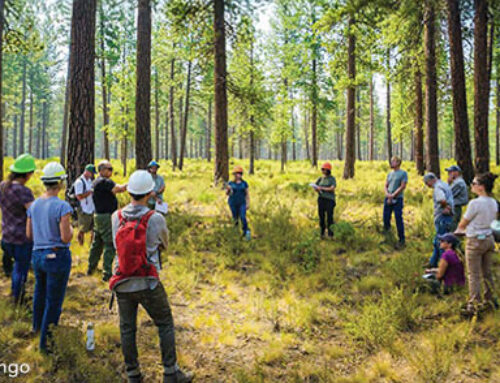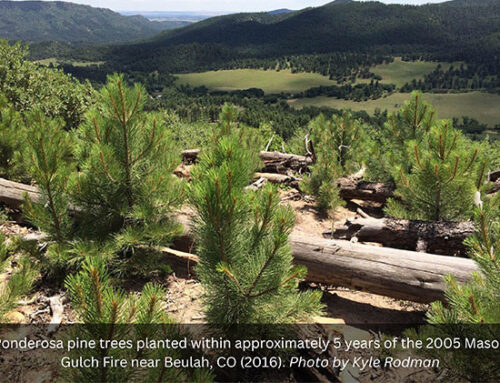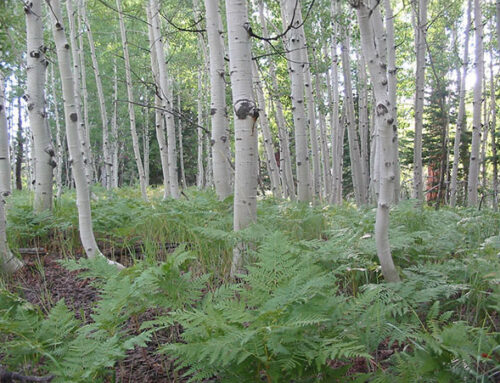The 2020 wildfire season set records across the western US. Scientists expect climate change to exacerbate severe wildfires with increasing temperatures and drought conditions. Add to the mix dense forests full of excess trees and fuels from more than a century of fire exclusion, and the need for action is strikingly clear.
A large body of scientific evidence indicates that modern-day wildfires, which are uncharacteristically large and severe, are not consistent with historical fire regimes and pose one of the greatest threats to native dry western forest ecosystems. To better understand the role fire can play in forests today, researchers and managers have found it useful to reconstruct attributes of historical fire regimes before the onset of fire exclusion.
In 2014, ERI published a working paper by Larissa Y. Kent that evaluated methods for reconstructing fire regimes to help land managers meet their particular research or resource goals. The working paper discussed several methods for reconstructing historical fire regimes and evaluated their advantages, disadvantages, inherent uncertainties, assumptions, and temporal and spatial precision:
- Historical documents and photos
- Dendrochronology: fire scar data
- Dendrochronology: tree age, death and growth data
- Forest structure data
- Plant traits
- Charcoal
Information about past fire regimes can be a helpful reference to guide and inform land managers about current and future fire regime characteristics, patterns, and forest structure characteristics. Management activities that benefit from understanding past fire regimes include prescribed fire, managed wildfires for resource benefit, and mechanical treatments to reduce fire risk.
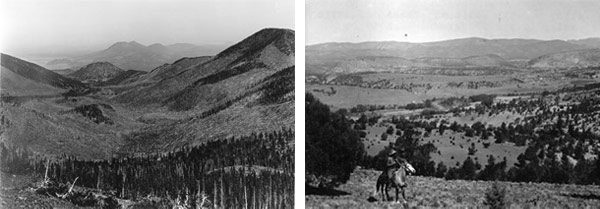
Left: Evidence of large, severe fire in spruce and aspen forests, San Francisco Peaks, near Flagstaff, AZ, 1910. Right: Grasslands and scattered juniper trees, Reserve Valley, Apache National Forest, 1923. Source: fs.usda.gov

